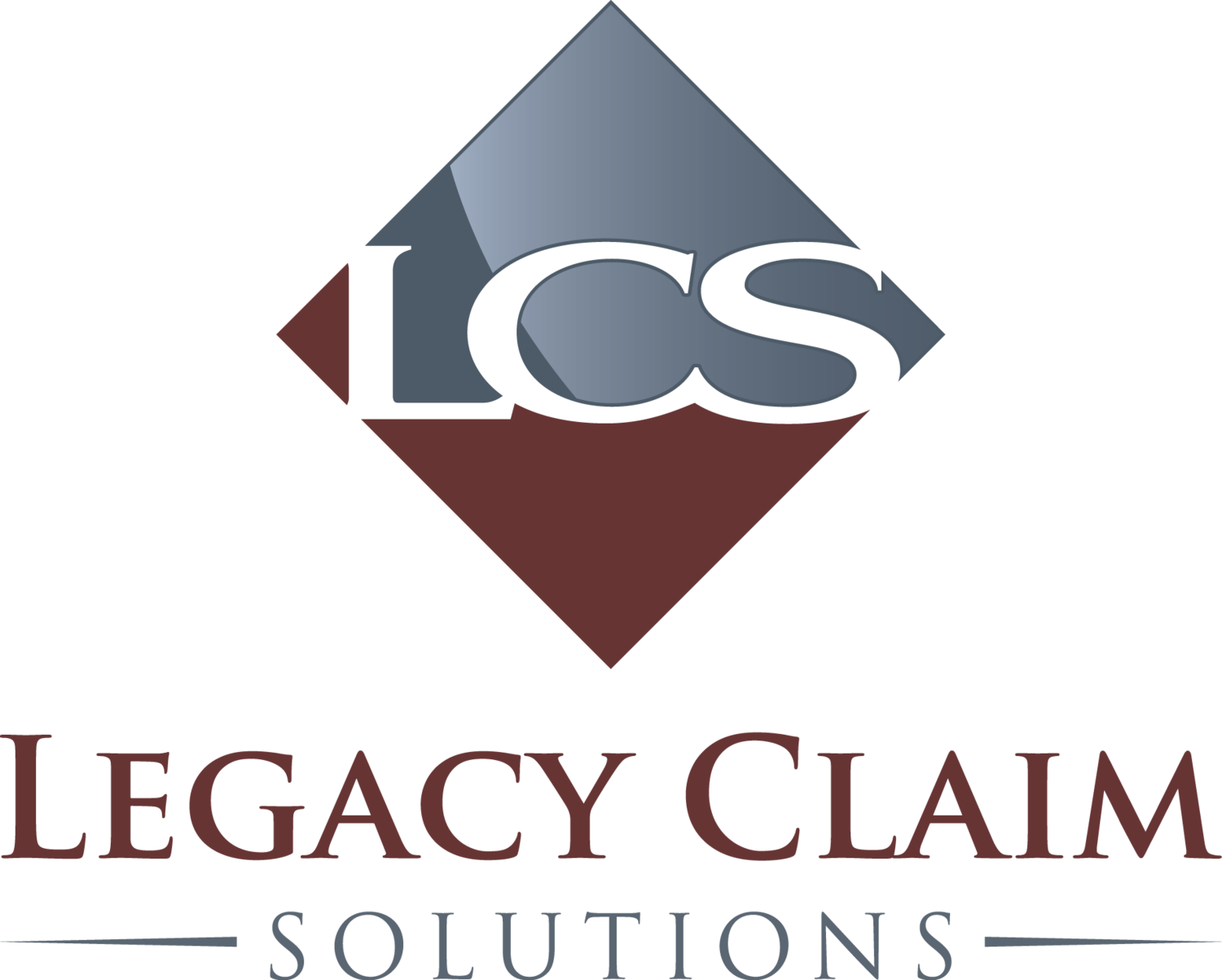Sometimes the path to a workers’ compensation settlement is complicated, and other times things seem to fall perfectly into place. Most claims we see seem to side with the former rather than the latter, but every now and then we come across one that straddles the line between complicated and simple, and we are left with a stark reminder that we should never lose sight of the forest through the trees.
The injuries were significant, so much so that very little future care was contested. Medications, medical equipment, therapies, imaging, medical equipment (including a new king-sized hospital bed) were all agreed to. Everything…but the sheets. You see, this particular injured worker used to have a queen-sized bed, so none of her existing sheets would fit the new bed. A request was made for king-sized sheets to go along with the king-sized bed, but right, wrong, or otherwise, the adjuster decided that this was where they were going to draw the line. Sheets. It's not always easy to identify that one point in time where a claim achieves legacy status, however this one was pretty easy to see. Sheets.
When our clients bring us in to tackle an old file, we have a short list of items we ask for: medical records, payment histories, and injured worker demographics to name a few. But we also ask for a more nebulous item we refer to as “critical correspondence.” Simply defined, critical correspondence are nuggets of information that might be hidden in an email, or maybe even just in the mind of the adjuster following a call they had with the injured worker at some point in the past. Anything that might be somewhat relevant to the claim, but not captured in any formal records. Sheets would have been a great nugget of information to provide at the time of referral.
We conducted our file review and placed a settlement range of $850,000 to $1.2M. As one might have guessed, sheets were not included in our valuation because that piece of critical correspondence was never given to us, but make no mistake, this was not a small case. At mediation, progress was made. Future medical care, lien reimbursement, custodial accounts, etc. No problem. This was shaping up to be one of those easy settlements mentioned above…until the injured workers asked us about the sheets. The what? The sheets. She wanted sheets, and she wasn’t signing anything until she got them, and to further complicate the matter, simple funding for the sheets was no longer an option. This injured worker wanted to walk out of that mediation with sheets in hand, or she was not going to agree to a settlement.
Upon reaching out to our client to ask about the sheets, we were given the entire backstory. The sheets were a much bigger deal than sheets should ever be. Knockdown, drag out kind of a big deal. Repeated requests for sheets had been denied over and over, and that seemingly simple issue became this injured worker’s proverbial hill to die on. A potential million-dollar settlement was blowing up because of bed sheets. As luck would have it, a big-box retailer was located down the street from our mediation, so we took a break from negotiations to go sheet shopping. We spent $250 of our own funds on two sets of king-sized sheets so this injured worker could leave the mediation with the sheets of her dreams.
We share this story, and future stories, to illustrate some of the more interesting elements that go into many of the legacy claim settlements we achieve. This was a large case by definition, but this was just a $250 case for the injured worker. It didn’t matter what else was included in the offer, the case was not going to settle if a line item for $250 sheets was not part of the equation. It’s easy to take things personal when operating with the workers’ compensation industry, sometimes the injuries hit home pretty hard, but it’s important to take a step back in those instances and refocus on the goal which is taking care of injured workers, and capitalizing on each and every opportunity to amicably settle a claim. One of my first claims managers lived by this mantra: “Don’t step over a dollar to pick up a dime.”

